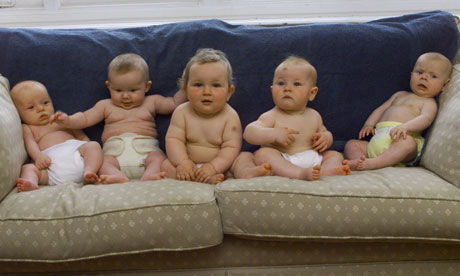Howard County will soon allow residents to add banana peels, egg shells and even old pizza boxes to their recyclables, becoming one of the first East Coast localities to start a large-scale composting program.
The county is asking almost 5,000 Elkridge and Ellicott Cityresidents this month to participate in the recycling program, which will begin in September and turn more than 20 percent of landfill waste into compost, reducing disposal costs.
“We will make a product versus waste,” said Evelyn Tomlin, chief of the county Bureau of Environmental Services. “It will save in waste and in costs.”
The county will provide residents with a 35-gallon container that will be collected once a week, the same day as yard waste. The food scraps will be taken to Recycled Green in Woodbine, where they will be composted and sold as a soil nutrient.
Local officials hope to extend food-scrap recycling countywide by next year. Several municipalities on the West Coast, including San Francisco and Seattle, have similar collections in place, but the practice has not caught on in the eastern U.S.
County Executive Ken Ulman, who recently traveled to Seattle andPortland, Ore., said that in those cities, “it’s become accepted and expected, but for some reason not on the East Coast.” He noted that many restaurants have a separate waste bin for food scraps.
“I see no reason it won’t catch on in Howard County. It’s just changing your habits,” he said.
County officials said the program will cost less than trash disposal, especially after the current trash disposal contract expires in two years.
Howard’s contract with Waste Management Inc., a large, private trash hauler that ships the county’s garbage to a private landfill in Northern Virginia, will expire in 2013. A new contract will likely mean much higher trash disposal costs.
“We’ve been looking at alternatives,” Ulman said. “We knew this date was looming.”
The county now pays about $37 a ton for trash disposal, but that contract price could jump to about $55 a ton, based on what nearby counties are paying under newer contracts. That will mean the county’s 15-year-old trash fee, now $225 a year for most people, will rise, perhaps as soon as July 2012.
County officials distributed fliers encouraging residents to participate, and within two weeks more than 500 agreed to recycle their food scraps.
Robyn Page, 37, who participated in a smaller food-scrap recycling project last year, said, “It’s really just a small lifestyle change. You’re going to throw it out anyway. If you just get people in that mindset, it’s really easy.”
She was one of about 30 Ellicott City residents who participated in a six-month pilot project last year. She noticed the program was particularly useful in the winter, when her family was reluctant to hike out back to the compost heap in the cold.
“What was really exciting for us was that we reduce our trash to one tiny bag a week — to see how much our food scraps continue to do that. I hope it works across the county,” Page said.
Nationwide, however, less than 3 percent of the 34 million tons of food waste generated each year is recycled, according to the Environmental Protection Agency. Food waste makes up about 14 percent of the nation’s trash and is second only to paper, which is far more commonly recycled.
Commercial food-scrap recycling has gained traction on a small scale in nearby Washington, but there are not many options for residential pickup on the East Coast, said Heeral Bhalala, a research associate with the Institute for Local Self-Reliance, a public policy think tank. Some restaurants and grocery stores in that city dispose of food waste through private contractors such as the “Compost Cab” run by Jeremy Brosowsky.
Bhalala said one of the challenges for municipalities in starting such programs is to create routes, which can take additional trucks and personnel. It’s also important to educate people on what can be recycled.
“People will just throw it all in. With food waste it gets even more complicated. The education needs to be out there,” Bhalala said.


 Robyn Page and her daughters, 6-year-old Vivienne Page Gilmore, left, and Simone Page Gilmore, 9, center, eat watermelon. Afterward, they put the scraps in a container in their kitchen. (Barbara Haddock Taylor, Baltimore Sun /July 28, 2011)
Robyn Page and her daughters, 6-year-old Vivienne Page Gilmore, left, and Simone Page Gilmore, 9, center, eat watermelon. Afterward, they put the scraps in a container in their kitchen. (Barbara Haddock Taylor, Baltimore Sun /July 28, 2011)
 Frances Micklow/The Star-LedgerYvane Romelus, a house keeper at the Renaissance Woodbridge Hotel in Iselin, NJ, separates used soap and lotion to be donated, recycled and given out in places where there is need.
Frances Micklow/The Star-LedgerYvane Romelus, a house keeper at the Renaissance Woodbridge Hotel in Iselin, NJ, separates used soap and lotion to be donated, recycled and given out in places where there is need.
